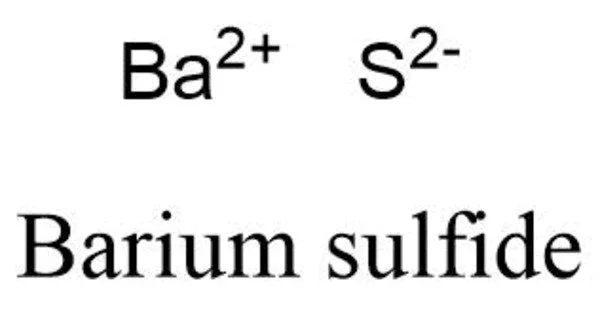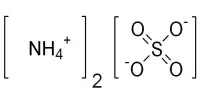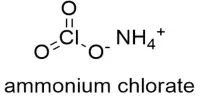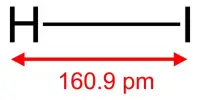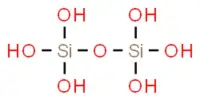Inorganic compound with the formula BaS is barium sulfide. BaS is the most common barium compound. It is a key precursor to other barium compounds such as BaCO3 and the pigment lithopone, which is ZnS/BaSO4. BaS, like other alkaline earth metal chalcogenides, is a short-wavelength emitter used in electronic displays. Although it is colorless, it is commonly obtained in impure colored forms, as are many sulfides.
It is the colorless crystalline toxic monosulfide produced by reducing barite with coal, and it is primarily used in the production of other barium compounds, pigments (such as lithopone), and luminous paints.
Properties
- Chemical formula: BaS
- Molar mass: 169.39 g/mol
- Appearance: white solid
- Density: 4.25 g/cm3
- Melting point: 2,235 °C (4,055 °F; 2,508 K)
- Boiling point: decomposes
- Solubility in water: 2.88 g/100 mL (0 °C); 60.3 g/100 mL (100 °C)
- Solubility: insoluble in alcohol
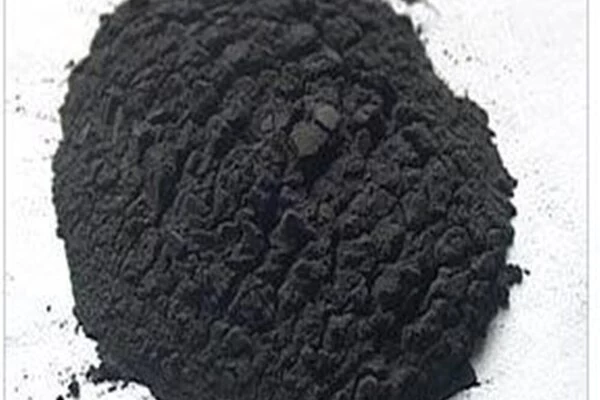
Discovery and production
Barium sulfide is found in black ash, a gray to black impure product of high temperature carbonaceous reduction of barite. It is the raw material used to make the majority of barium compounds, including barium chloride and barium carbonate. It is used in luminous paints, dehairing hides, as a flame retardant, and in the production of H2S.
The Italian alchemist Vincentius (or Vincentinus) Casciarolus (or Casciorolus, 1571-1624) created BaS by thermo-chemically reducing BaSO4 (available as the mineral barite). It is currently produced using an improved version of Casciarolus’ process that uses coke instead of flour and charcoal. This is referred to as a carbothermic reaction:
BaSO4 + 2 C → BaS + 2 CO2
and also:
BaSO4 + 4 C → BaS + 4 CO
The basic method is still in use today. BaS dissolves in water. When these aqueous solutions are treated with sodium carbonate or carbon dioxide, they yield a white solid of barium carbonate, which is a source material for many commercial barium compounds.
According to Harvey (1957), in 1603, Vincenzo Cascariolo used barite found at the bottom of Mount Paterno near Bologna in one of his futile attempts to produce gold. After grinding and heating the mineral with charcoal under reducing conditions, he quickly obtained a persistent luminescent material known as Lapis Boloniensis, or Bolognian stone. Casciarolo’s material was unusual due to its phosphorescence.
BaS crystallizes with the NaCl structure, featuring octahedral Ba2+ and S2− centres.
The observed melting point of barium sulfide is highly sensitive to impurities.
Uses
Because barium sulfide has different properties, it is used in a variety of applications, including electronics, paint pigments, dehairing hides, flame retardants, luminous paints, and the production of pure hydrogen sulfide. Barium sulfide can deviate X-rays and aid in providing a clear image of soft tissue. Barium sulfide is a precursor to other barium compounds and is also used in electronic displays as a short wavelength emitter.
Safety
BaS is extremely poisonous, as are related sulfides such as CaS, which emit toxic hydrogen sulfide when exposed to water.
